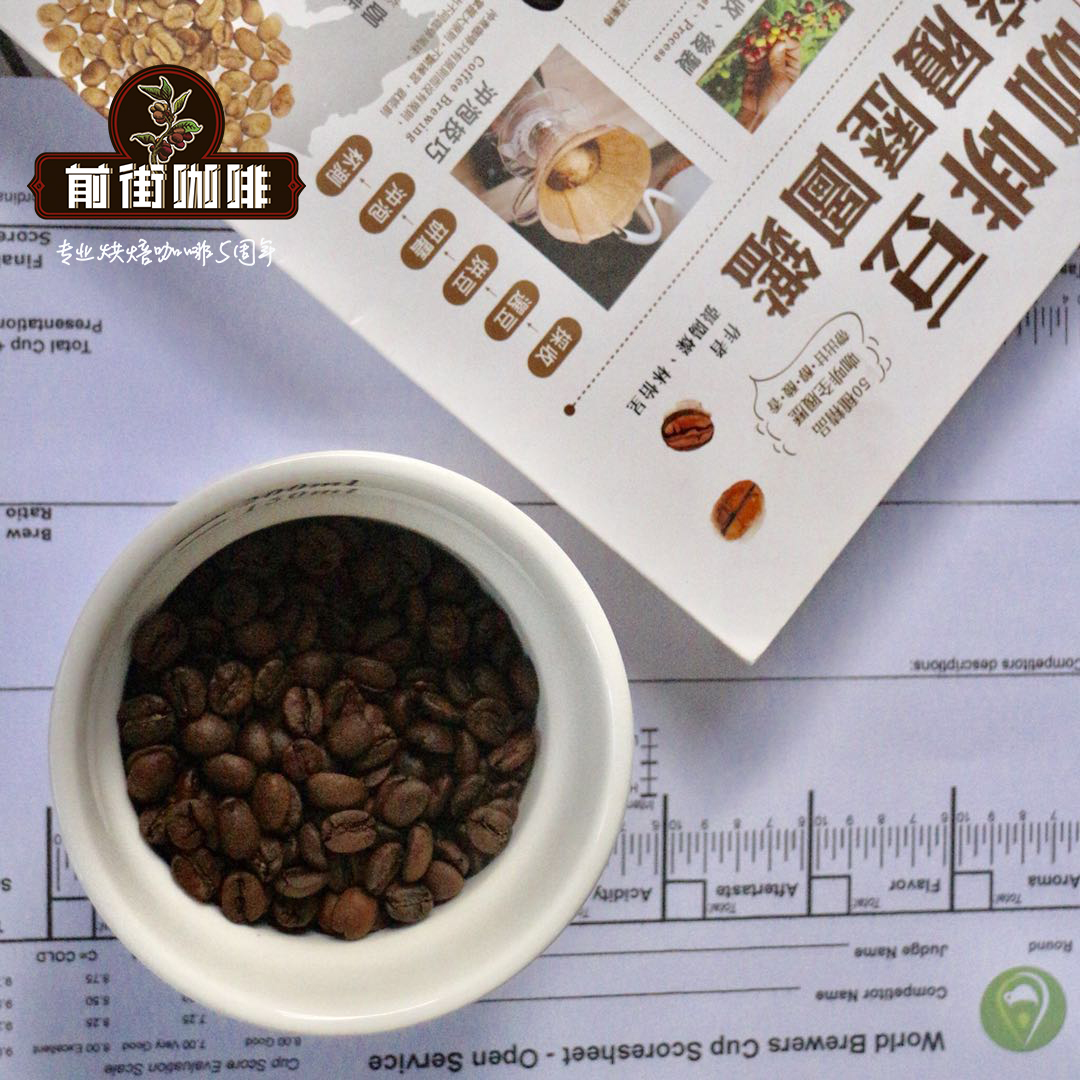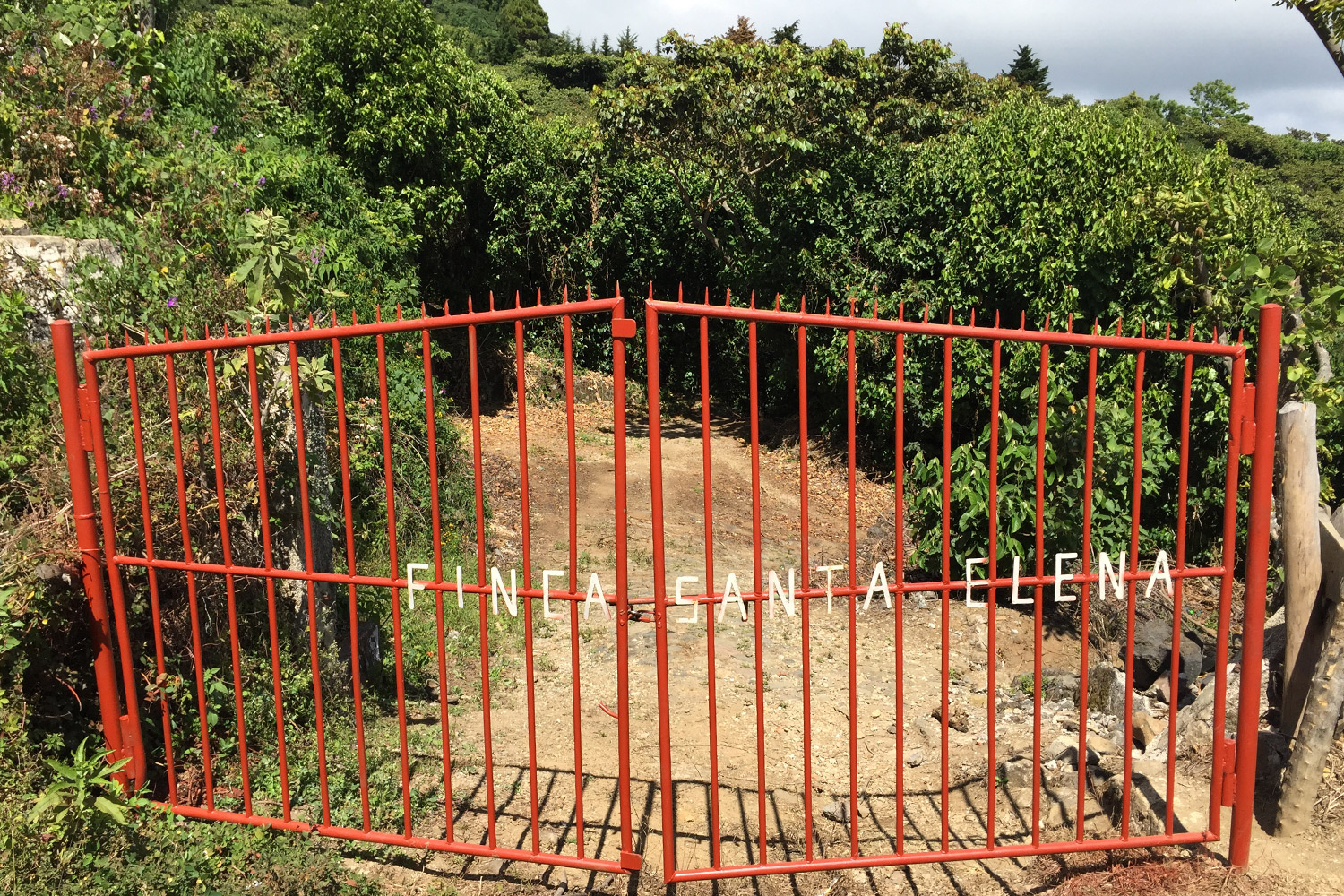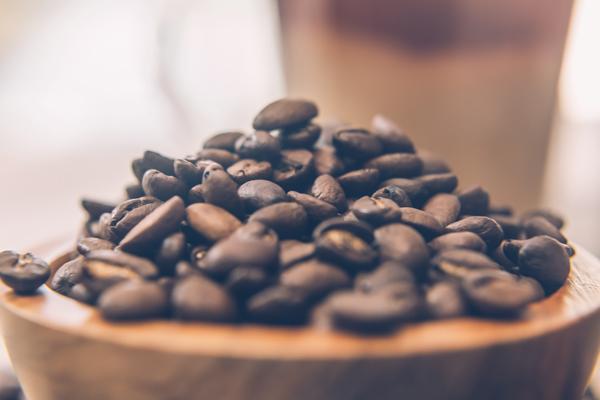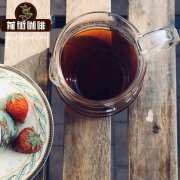What kind of water do you use to make St. Elena's Pacamara coffee by hand? why is it astringent?

Professional coffee knowledge exchange more coffee bean information please follow the coffee workshop (Wechat official account cafe_style)
Introduction to the story of St. Elena's Manor:
Saint Elena Manor FINCA SANTA ELENA
Located in the Santa Ana volcano region west of El Salvador, with an average elevation of about 1850 meters, Santa Elena Manor is one of the highest estates in the area and is currently owned by Mr. Don Fernando Lima.

The idea of Mr. Fernando, the landowner, is to maintain the original traditional planting method in El Salvador as far as possible. in addition to the necessary pruning and irrigation, the garden maintains a wide range of natural agroforestry ecology. More than 90% of the Santa Elena estate grows bourbon beans. At the same time, the manor owner also uses modern industrial management techniques to divide the whole estate into different blocks. Closely monitor and record the soil quality, fertilization and the growth of coffee trees.
The most obvious characteristic of the coffee beans produced by St. Elena Manor is that they are very sweet and have a strong fruity aroma with an almond-like nutty finish.

Introduction of coffee beans:
Pacamara coffee is a hybrid of Pacas Pacas and Marago Rippi Maragogype found in El Salvador in 1950.
First bred by researchers in El Salvador in 1958, the Pacamara is a rare artificial breeding of excellent varieties, with both the excellent taste of Pacas and the large size of Maragogype, and the bean body is at least 70% and 80% larger than that of beans. The biggest characteristic of this variety is that it is sour, lively and tricky, sometimes biscuit and sometimes fruity, with excellent thickness and grease.

Introduction to the treatment method:
Sun exposure (Natural Process)
Tanning is the oldest and most primitive treatment of coffee beans. The method of treatment is to first pour the harvested coffee fruit into a large trough, the ripe and full fruit will sink to the bottom of the water, while the underdeveloped or overripe fruit will surface. After these floating beans are shaved, the healthy coffee fruits are placed on the terrace to be directly exposed to the sun to dry, and the moisture is dried from 60% to 12%. Finally, the hard peel (Outer Skin) and pulp (Pulp) are removed by a sheller, and the whole treatment process of raw beans (Bean) is completed.
(↑ selects coffee fruits) (↑ drying in the open air)
Sun treatment can increase the flavor of berries and tropical fruits with mild acidity, but traditional sun treatment can sometimes produce negative flavors, such as soil, over-fermentation and so on.
Today, tanning is becoming popular again, even as one of the most important treatments for competition-grade coffee beans, and the change comes from the use of improved African viaducts. In addition to avoiding the moisture, animal manure and land smell on the ground, the elevated shed also keeps the fruit in a good air convection environment, making the drying effect more uniform, and farmers will turn it regularly to make the coffee beans gently absorb the sweetness of the pulp and make the flavor fuller and fuller.

Baking suggestions / Analysis:
The variety of this coffee is Giant Dou [Pacamara Coffee] with larger granules and higher density, and the newly produced kidney beans have higher moisture content. The heat absorption is relatively slow in the baking process, and the Mena reaction process is also relatively fast. The yellowing point is about 5 minutes. In the first baking, you can try to lower the bean temperature slightly, for example, the bean temperature is 200 degrees, and the firepower is also relatively increased. In the baking process, gradually adjust the firepower as needed: adjust the firepower after the beans enter the yellowing point to prolong the dehydration time, so that the giant beans can be fully dehydrated. Before an explosion after dehydration, you can properly maintain medium heat or slightly increase the firepower, accelerate the Mena reaction time, and ensure the pressure before the explosion; the precursor of an explosion needs to adjust the firepower properly to avoid bean watch burns. Under this method of operation, the dehydration time of coffee is relatively prolonged, with a heating rate of 6-8 degrees every 30 seconds, but it can also maintain a normal explosion between 8 and a half minutes and 9 and a half minutes, preserving more flower and fruit aroma and keeping clean and bright acidity. It is usually recommended to drop beans between the dense back section of an explosion and the end of an explosion, and bake about moderately.

Cup test flavor description:
Apricot, citrus, tropical fruit, clean and full taste
The wet aroma has obvious floral aroma, soft acidity, similar to summer plum soup in summer, lemon and orange peel taste, and the mellow degree of coffee can be clearly felt in the mouth. like many Central and South American beans with obvious cocoa flavor, after swallowing, you can obviously feel that kind of sweetness for a long time.
Cooking analysis:
Today, we introduce the common method of making Pacamara coffee in front street: V60 three-stage water injection method.
Extract by stages, pour all the cooking water into three stages.
Suitable for light, medium and medium roasted coffee beans
Use filter cup V60 cup
Increasing the steaming time or water cut-off times can improve the rich taste of the coffee.
Segmented extraction method of three-stage water injection
Advantages: it is richer than the one-knife flow, and can clarify the flavor of the front, middle and back of the coffee. The method is to increase the amount of water injection each time after steaming, usually when the coffee liquid is about to drop to the surface of the powder layer, and use small, medium and large water flow to do three-stage extraction.
Disadvantages: there will be relatively high requirements for the flow rate and flow rate of water.

Qianjie [suggestion of Pacamara Coffee hand punching parameters]
Brewing with V60 filter cup can improve the layering of hand flavor and make it richer and cleaner to drink; the bright aroma of Pacamara variety can be fully displayed.
15g powder, water temperature 89-90 degrees, grinding BG 5R (64% pass rate of Chinese standard 20 sieve), water powder ratio close to 1:15-16
Technique: 27g water steaming, steaming time for 30s. The hot water in the hand flushing pot draws a circle clockwise with the center of the filter cup in the middle of the filter cup, starts the time when brewing, injects water to 27g, then stops the injection and waits for 30 seconds to inject water for the first time.
When the first water injection is the same as before, the speed can be slowed down slightly, speed up a little when you go around the outer circle, cut off the water at about 1:15 seconds, and then inject water again when the liquid level drops 1 inch 3. The second water injection is concentrated on the central water injection. The water flow should not rush to the place where the coffee powder is connected with the filter paper, so as not to produce channel effect. Finish the extraction at about 2:05 seconds, and the longer the time is, the longer the extraction can be done. The astringent and rough taste will increase.
Segment: 30-125-230g
END
Important Notice :
前街咖啡 FrontStreet Coffee has moved to new addredd:
FrontStreet Coffee Address: 315,Donghua East Road,GuangZhou
Tel:020 38364473
- Prev

Pacamara Coffee in Santa Ana Manor, Guatemala. Share _ how to make Palacamara by hand
Professional coffee knowledge exchange more coffee bean information please follow the coffee workshop (Wechat official account cafe_style) Guatemala Santa Ana Manor Pacamara Coffee "delicate Pacamara" this is the famous coffee author Han Huaizong's praise of Pacamara! This excellent variety, which was successfully improved by the combination of Pacas and elephant beans, has always been the first choice for coffee lovers.
- Next

Why do you make El Salvador Pilniu Sparkamara coffee by hand? what do you pay attention to?
Professional coffee knowledge exchange more coffee bean information please follow Coffee Workshop (Wechat official account cafe_style) Los Pirineos Pyrenees Manor Story Information: Los Pirineos Pyrenees Farm Los Pirineos Pyrenees Farm has been owned by the Gilberto Baraona family since the 1890s. Los Pirineos Tecapa fire located in Usulutn
Related
- Detailed explanation of Jadeite planting Land in Panamanian Jadeite Manor introduction to the grading system of Jadeite competitive bidding, Red bid, Green bid and Rose Summer
- Story of Coffee planting in Brenka region of Costa Rica Stonehenge Manor anaerobic heavy honey treatment of flavor mouth
- What's on the barrel of Blue Mountain Coffee beans?
- Can American coffee also pull flowers? How to use hot American style to pull out a good-looking pattern?
- Can you make a cold extract with coffee beans? What is the right proportion for cold-extracted coffee formula?
- Indonesian PWN Gold Mandrine Coffee Origin Features Flavor How to Chong? Mandolin coffee is American.
- A brief introduction to the flavor characteristics of Brazilian yellow bourbon coffee beans
- What is the effect of different water quality on the flavor of cold-extracted coffee? What kind of water is best for brewing coffee?
- Why do you think of Rose Summer whenever you mention Panamanian coffee?
- Introduction to the characteristics of authentic blue mountain coffee bean producing areas? What is the CIB Coffee Authority in Jamaica?

